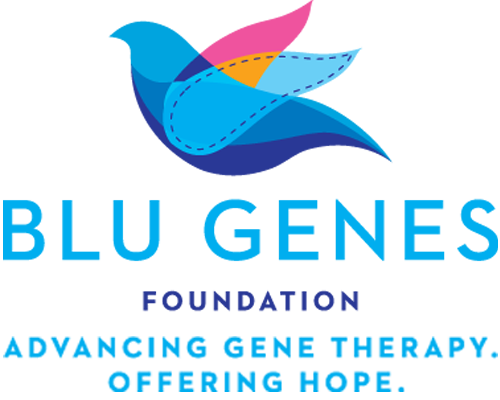Glossary Words
DNA — The abbreviation of deoxyribonucleic acid. DNA is the complex molecule that makes up the heritable genetic information in a cell.
Dominant condition — Most cells in the body contain two copies of a gene—one copy from each parent. In the case of a dominant genetic disorder, a defect in only one of the copies is sufficient to cause the disease. Dominant genetic disorders are inherited from a parent who has the disease. There is a 1 in 2 chance that the child will inherit the disease. An example of a dominant condition is Huntington’s disease.
Gene — The basic unit of heredity. A gene is a portion of the cell’s DNA that contains the information for a specific characteristic.
Huntington’s disease — An inherited degenerative brain disorder.
Liposome — An artificial spherical vessel composed of lipids, which are a type of fatty substance that does not dissolve in water. Lipids are an integral part of the body’s natural membranes.
Molecular chaperone — A protein that assists another protein to fold into its correct, functional shape. In the case of a genetic disorder that causes a necessary protein to be produced in very low amounts, the use of a molecular chaperone therapeutically may help to preserve activity of the scarce protein, thereby lessening the effects of the disorder.
Mutation — A spontaneous, heritable change within a gene.
Recessive condition — Most cells in the body contain two copies of a gene—one copy from each parent. In the case of a recessive genetic disorder, both copies must be defective for the individual to have the disease. Recessive genetic disorders are inherited when both parents are carrying a defective copy of gene, but they do not have the disease themselves. There is a 1 in 4 chance that a child of two carrier parents will inherit the disease. Examples of recessive conditions are Tay-Sachs disease, cystic fibrosis, and hemophilia.
Single-gene disorder (monogenic) — A genetic disorder that results from a defect in just one gene. These disorders will follow a predictable pattern of inheritance.
Vector — In gene therapy, the corrected gene must be delivered into the cell so that it is near the cell’s genetic material. The mechanisms for doing this are called vectors. There are two types of vectors: viral and non-viral. Viral vectors use modified viruses or parts of viruses. Non-viral vectors are either physical (e.g., a gene gun) or chemical (e.g., liposomes).


